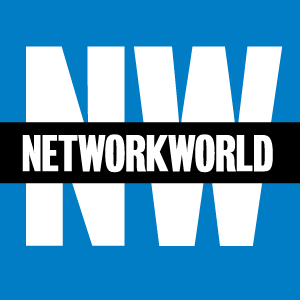- LG is giving away free 27-inch gaming monitors, but this is the last day to grab one
- I tested this Eufy security camera and can't go back to grainy night vision
- Your Ray-Ban Meta smart glasses just got two significant upgrades for free - what they do
- I found a Bluetooth tracker for Android users that works better than AirTags (and is cheaper)
- Learn with Cisco at Cisco Live 2025 in San Diego
Ananki startup tries to simplify private 5G

A startup using open-source components to offer software-defined private 5G as a service hopes to attract enterprises with an architecture that it says is as simple as Wi-Fi’s.
Called Ananki, the company requires little of enterprises in order to deploy the service: Customers set up small-cell 5G radios on-site, point them toward a cloud network running the Ananki software, install SIMs on the enterprise hardware that will tap into the service, and Ananki’s automation remotely configures the radios and provisions the SIMs.
The service includes a management dashboard and APIs for customizing the deployment and provides round-the-clock support.
That’s a change of pace from the private 5G offerings on the market now, which require growing in-house 5G knowledge or hiring outside experts, contracting with service providers for 5G spectrum or licensing it themselves, and negotiating core-network connections.
“I don’t think they want it to be just like Wi-Fi, partially because it’s a bit of a shotgun-to-kill-a-fly approach,” said Gartner director analyst Bill Menezes. “What they’re really trying to do, at least from my perspective, is to make it as seamless as possible for an organization to adopt private 5G.” That’s potentially a big attraction for IIoT and Industry 4.0 users, which Ananki has explicitly targeted with its initial marketing materials.
Private 5G’s advantage over the latest Wi-Fi is twofold. First, because 5G spectrum is licensed, users of it don’t have to compete with others for unlicensed bandwidth as is the case with Wi-Fi. And second, 5G small cells cover larger areas than Wi-Fi, Menezes said.
Ananki is a spinoff from The Open Networking Foundation (ONF), a non-profit industry consortium that promotes open-source-based wireless infrastructure technology and is backed by major telecoms and tech vendors including Google and Intel.
Ananki’s service incorporates several of ONF’s open-source technologies including Aether, its 5G edge platform that provides a framework for managing both licensed and unlicensed connectivity. It also taps ONF’s open-source software-defined core (SD-Core), software-defined radio access network (SD-RAN), and software-defined fabric (SD-Fabric) platforms to support those aspects of a deployment.
Ananki’s service subscriptions are available now.
Copyright © 2021 IDG Communications, Inc.

